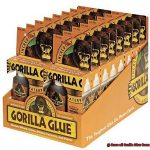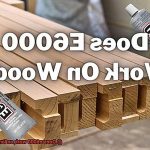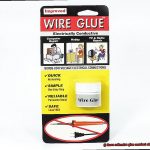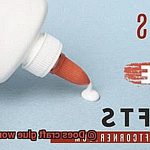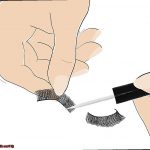Get ready to dive into a world where glue becomes your secret weapon for all things leather. We all know that finding the right adhesive can make or break a project, but when it comes to leather, things get a little more intricate. So grab a cup of joe or your favorite beverage, because we’re about to embark on an adhesive adventure.
First up, let’s talk about contact cement. This bad boy is like the superhero of leather bonding. With its incredible strength and ability to create an instant and unbreakable bond, it’s no wonder why it’s so popular. But here’s the catch – once those surfaces touch, there’s no turning back. So precision is key.
Now, let’s move on to leather glue – specifically designed for our beloved material. Picture this: water-based goodness that dries with flexibility, ensuring your leather stays supple and unscathed. The only downside? It takes a bit longer to cure. But hey, good things come to those who wait…right?
If you’re in need of lightning-fast fixes, then cyanoacrylate adhesive is your go-to buddy. These magical glues offer an almost instantaneous bond and work wonders for small repairs. Just keep in mind that they tend to become brittle over time, potentially leading to cracks or weakened bonds.
Last but not least, we have epoxy glue – the heavyweight champion of strength and durability. This beast is perfect for heavy-duty applications like belts or shoes that need some serious staying power. However, be warned – mixing is required, curing takes longer than your average glue date night, and if you’re not careful with application, residue may rear its ugly head.
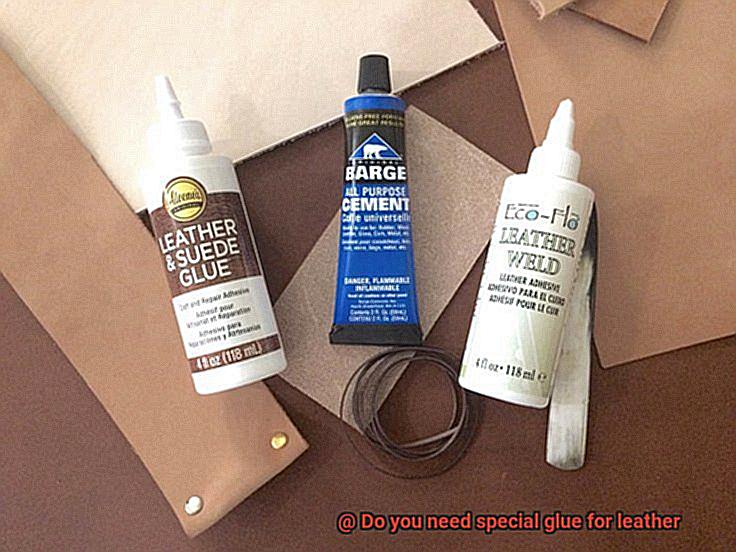
So, which glue reigns supreme? Well my friend, it all boils down to what you’re working on. Delicate leather or in need of repositioning time? Leather glue is your knight in shining armor. Craving instant fixes or small repairs? Cyanoacrylate adhesive to the rescue. Seeking strong, instant bonds? Contact cement is your trusty sidekick. And if you’re tackling heavy-duty leather projects, epoxy glue will have your back.
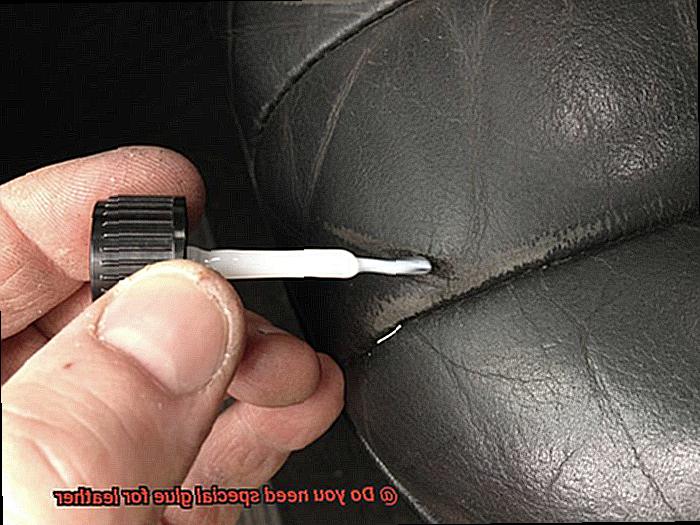
Now that you’re armed with this adhesive knowledge, go forth and create with confidence. Remember, the right glue can turn a simple leather project into a masterpiece. So choose wisely, experiment fearlessly, and let
Why is Special Glue Needed for Leather?
Contents
When it comes to leather, regular glue just won’t cut it. This is because leather, being a natural material made from animal hides, has a porous surface that requires a special type of adhesive for proper bonding. Traditional glue or regular adhesives simply cannot handle the unique properties of leather, such as its natural oils, flexibility, and durability.
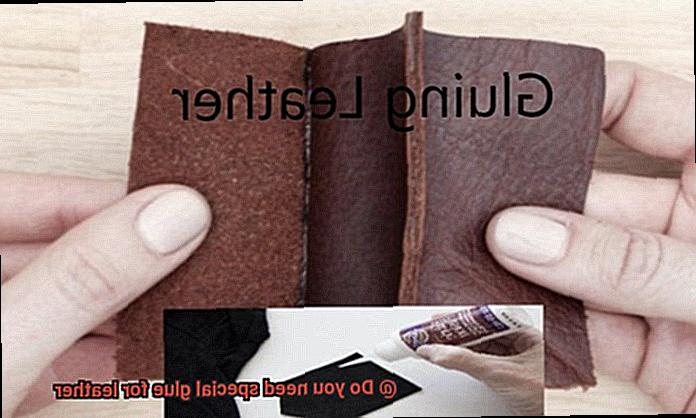
So, what makes special glue so necessary for leather? Let’s break it down:
- Penetration: Leather glue is formulated to penetrate the porous surface of leather, creating a strong bond that can withstand the stress and strain leather undergoes. This ensures a bond that is both strong and long-lasting.
- Flexibility and Durability: Leather glue is designed to be flexible and durable, allowing the bonded leather to maintain its strength and flexibility over time. This is crucial for items like shoes or bags that need to withstand constant use and movement.
- Aesthetic Appeal: Leather glue takes into consideration the aesthetic aspect of leather. It is designed to dry clear or match the color of the leather, ensuring that the bond is not visible and maintaining the overall appearance of the leather item.
- Versatility: Special glue for leather is not limited to repairing or bonding leather items. It is also necessary for various leather crafting projects such as making bags, shoes, belts, or upholstery work.
- Environmental Resistance: Leather glue provides a reliable and long-lasting bond that can withstand different environmental conditions, including temperature changes and moisture exposure. This ensures that your leather creations remain intact even in challenging situations.
- Enhanced Formulation: Special glues for leather often contain additives or ingredients that help enhance adhesion on difficult-to-bond surfaces or promote faster drying time. This ensures that the glue is effective and efficient.
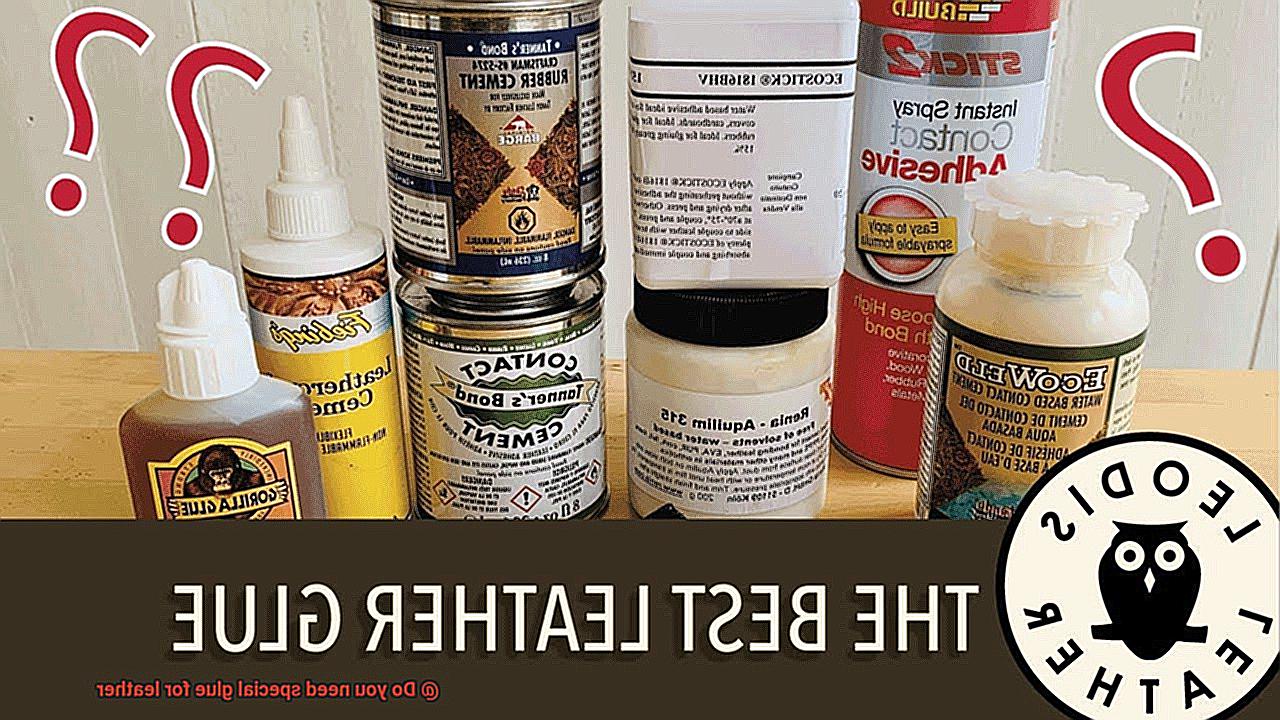
Using the wrong type of adhesive on leather can lead to potential damage, weakening the structure of the leather or causing it to deteriorate over time. That’s why it’s crucial to use special glue specifically designed for leather.
Different Types of Glue for Bonding Leather
Whether you’re making a stylish belt, repairing a worn-out bag, or creating intricate designs on a leather surface, choosing the right glue is essential for a strong and durable bond. In this article, we’ll dive into the world of glues specifically designed for leather, exploring their unique strengths and weaknesses.
Contact Cement: A Bond That Stands the Test of Time
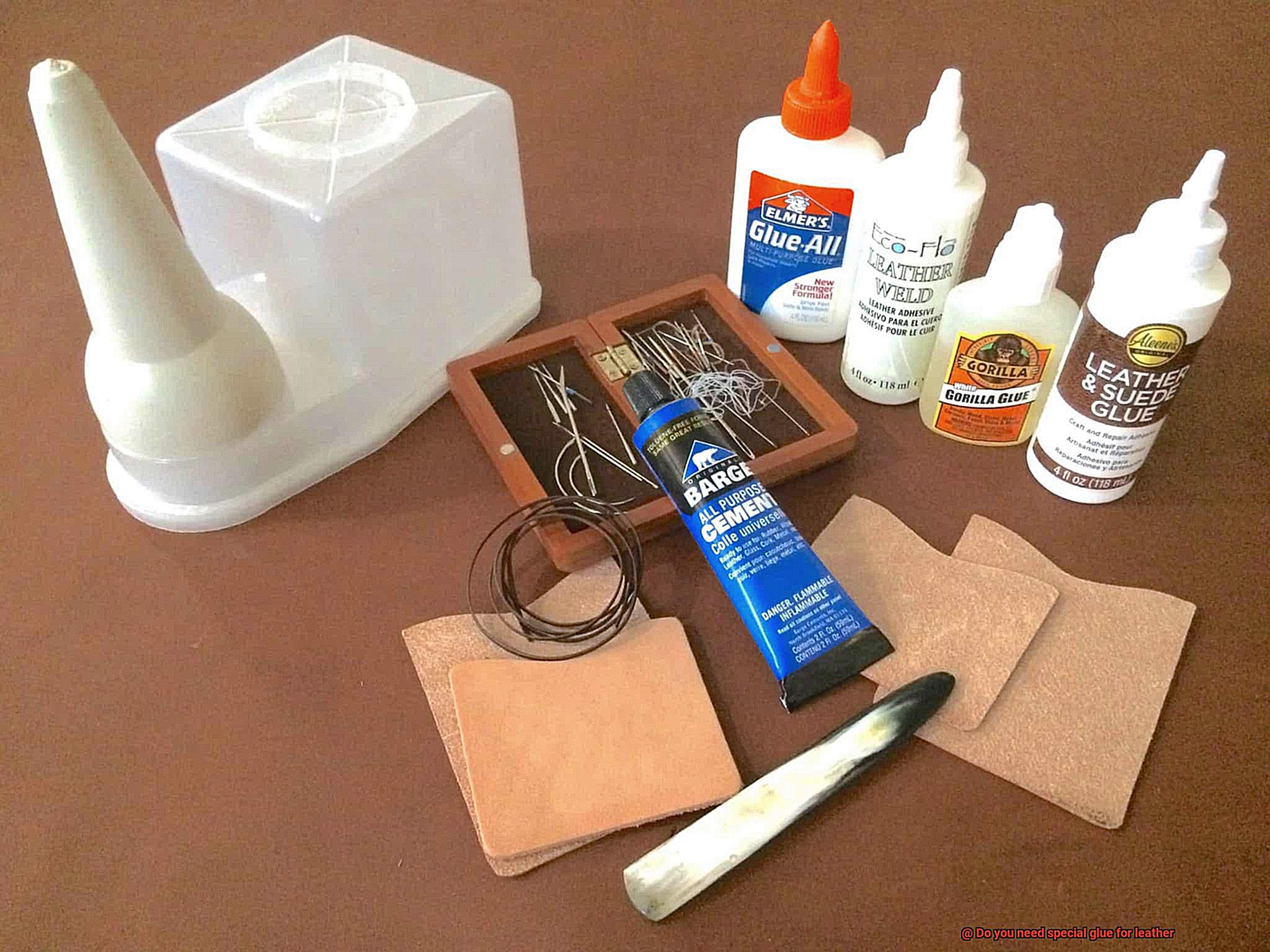
If you’re working on larger leather projects or require flexibility in your bond, contact cement is your go-to glue. This solvent-based adhesive creates a powerful and long-lasting bond by applying it to both surfaces and allowing it to dry before joining them together. With contact cement, your leather creations will stay intact through all your adventures.
Epoxy Glue: A Heavy-Duty Hero
When strength is key, epoxy glue comes to the rescue. This two-part adhesive consists of a resin and a hardener that, when mixed together, creates an unbreakable bond. Perfect for repairing leather items or attaching metal hardware, epoxy glue can withstand heat, chemicals, and heavy use. It’s like having a superhero guarding your leather goods.
Leather Glue: Tailored for Perfection
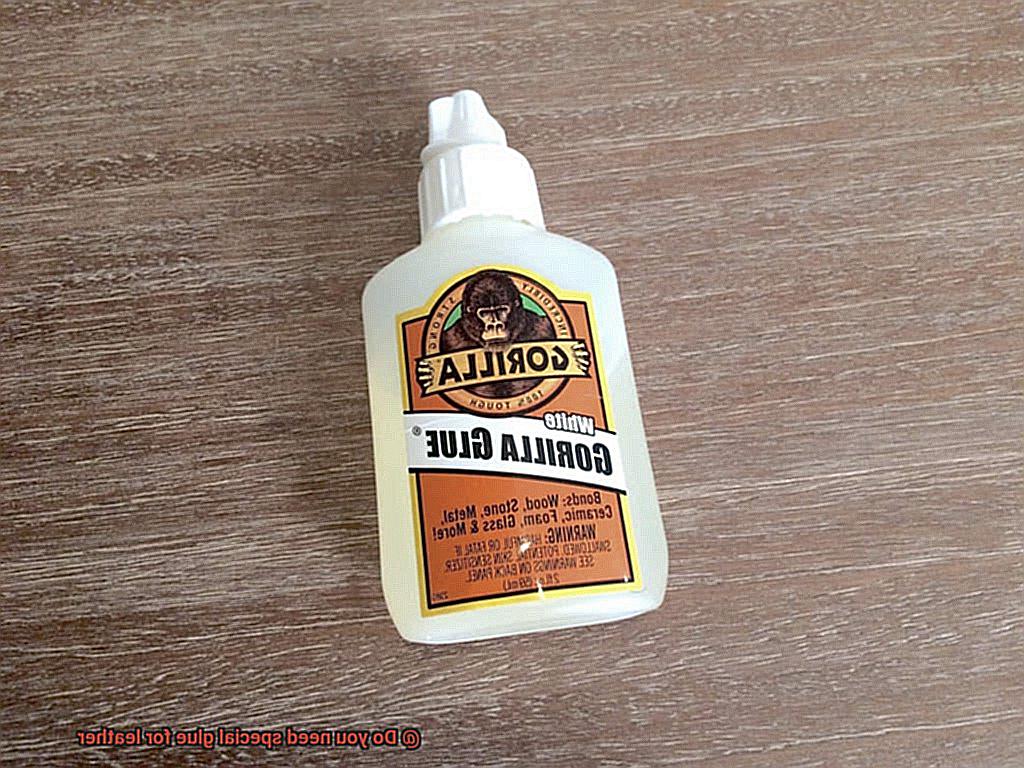
For smaller leather projects or delicate repairs, look no further than leather glue. Specifically designed for bonding leather, this water-based glue offers quick drying time and flexibility once dry. From fixing torn seams to attaching small embellishments, leather glue has got you covered with its strength and precision
Specialty Glues: Unlocking the Secrets of Suede and Faux Leather
Suede or faux leather requires special attention when it comes to bonding. That’s where specialty glues come in. These specially formulated adhesives take into account the unique properties of these materials, providing the best adhesion possible. With these secret weapons, you’ll create flawless bonds on your suede or faux leather projects.
Water-Based Adhesives: The Eco-Friendly Option
If you’re looking for a more environmentally friendly option, water-based adhesives are the way to go. These non-toxic glues have a lower odor compared to solvent-based alternatives and offer a more eco-conscious choice. While they may not provide the same level of strength as contact cement or epoxy glue, water-based adhesives are still suitable for lighter leather projects.
Contact Cement: An Ideal Choice for Bonding Leather
When it comes to bonding leather, contact cement is the ultimate adhesive choice. Its exceptional qualities make it the perfect companion for leather enthusiasts and DIYers alike. With its strong bond, flexibility, ease of application, quick drying time, and durability, contact cement reigns supreme in the world of leather bonding.
Flexibility is key when working with leather, as this natural material can stretch and bend. Luckily, contact cement is no stranger to the art of adaptation. It provides a formidable bond while still allowing for movement, ensuring that your leather creations remain intact even under stress or regular use.
Applying contact cement is a breeze. Its liquid form allows for easy and even spreading on the leather surface using a brush or roller. By covering the entire area that needs to be bonded, contact cement ensures a seamless and secure bond that will withstand the test of time.
Time is precious in any project, and contact cement understands that perfectly. With its quick drying time, usually within minutes, you can say goodbye to long waiting periods and hello to productivity. This means you can embark on your leather crafting adventures with confidence, knowing that you won’t be held back by sluggish adhesives.
The strength of contact cement is truly remarkable. Once applied, it creates a chemical reaction with the leather, resulting in a bond that is not easily broken. Your leather creations will stay securely attached even under pressure or repeated use, giving you peace of mind and ensuring the longevity of your projects.
Epoxy Glue: Offering Exceptional Strength and Durability
Epoxy glue is the undisputed superhero of adhesives when it comes to bonding leather. With its exceptional strength, durability, and adhesion properties, epoxy glue ensures that your leather creations remain intact and secure, even under the harshest conditions. Say goodbye to worries about your leather items falling apart – epoxy glue has got you covered.
Let’s delve into the first superpower of epoxy glue: strength. This adhesive provides a remarkable tensile strength that forms a robust bond between leather surfaces. No matter how much pressure or strain your leather items face, they will stay firmly together. Whether you’re working with genuine leather, suede, or synthetic leather, epoxy glue is the reliable sidekick you need.
But epoxy glue doesn’t stop at strength – it also possesses exceptional durability. Leather products often encounter unforgiving environments, from moisture and heat to harsh chemicals. Fortunately, epoxy glue is resistant to these factors, ensuring that your bonded leather items can withstand the test of time. You can confidently carry your favorite leather bag without fear of it falling apart after a few uses.
And let’s not forget about the third superpower: adhesion properties. Epoxy glue forms a strong chemical bond with the surface of the leather, penetrating deeply into its pores and creating an unbreakable connection. This means that your bond will be reliable and long-lasting, providing peace of mind knowing that your leather items won’t come apart at the seams.
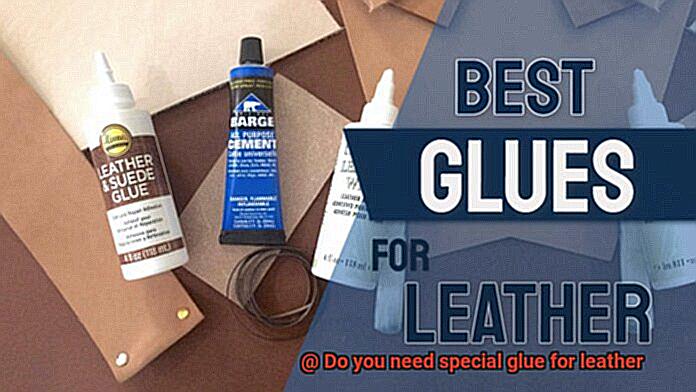
In addition to its superpowers, epoxy glue offers versatility in application. It can be used on various types of leather, including genuine leather, suede, or synthetic leather. Whether you’re repairing a torn leather item or creating something new, epoxy glue is up to the task.
To ensure optimal bonding results, it is crucial to follow the manufacturer’s instructions carefully, especially when it comes to surface preparation. Clean, dry, and contaminant-free leather surfaces are essential for achieving the best bond possible.
Specialized Glues for Specific Types of Leather
Leather, with its elegance and durability, has been a beloved material for centuries. But what keeps this magical material intact? The answer lies in the power of glue. However, not all glues are created equal when it comes to bonding leather. In this article, we will explore the importance of using specialized glues for specific types of leather and provide insights on how to choose the right glue. Prepare to uncover the secrets behind a lasting bond.
Smooth Leather and its Glue Buddy:
Smooth or finished leather is like a smooth talker; it requires a strong and flexible bond that won’t leave any marks or residue. This is where general-purpose leather glue comes to the rescue. Specially formulated to bond with smooth leather, this superhero glue ensures a tight grip without compromising the polished surface.
The Rough and Tough Suede:
Suede leather, with its rough surface, requires a different approach. To tame this wild stallion, you need a specialized suede glue or nubuck glue. These glues have a unique formula that allows them to bond effectively with the texture of suede or nubuck, providing a secure hold without altering their appearance.
Exotic Leathers Need Special Treatment:
Working with exotic leathers like snakeskin or crocodile skin requires extra care. That’s why specialized glues formulated for exotic leathers exist. These glues act as bodyguards, providing a strong and durable bond that can withstand the unique properties of these leathers.
Porous Leathers and their Special Glue:
Vegetable-tanned or natural unfinished leathers have porous surfaces that require specific adhesives. Enter vegetable-tanned leather glue or natural leather glue. These glues have the power to penetrate the pores of the leather, creating a strong and lasting bond.
Follow the Glue Roadmap:
When choosing the right glue for your leather project, always follow the manufacturer’s instructions. Each glue may have its own application method and drying time. To avoid any surprises, it’s a good idea to test the glue on a small, hidden area of the leather before committing to the whole piece.
Adhering to Manufacturer Instructions
Imagine holding a piece of sumptuous leather in your hands, ready to create something extraordinary. But wait. Before you dive headfirst into your creative venture, it is absolutely crucial to adhere to the manufacturer’s instructions when working with leather and glue. Think of it as having a superhero by your side, ensuring your project’s success and safeguarding against any sticky situations that may arise.
The Perfect Match: Compatibility is Key.
Choosing the right type of glue for your leather is paramount. Leather is a porous material that requires a glue with specific properties to achieve optimal bonding. The manufacturer’s instructions provide invaluable insights into the recommended glue types for different leather applications. So resist the urge to go rogue – follow these guidelines to ensure a bond that will stand the test of time.
Surface Preparation: The Secret Ritual.
Preparing the leather surface is an essential step for successful bonding. The manufacturer’s instructions will guide you through this sacred ritual, which may involve meticulously cleaning the leather to remove any oils and dirt that could hinder adhesion. Additionally, lightly roughening the surface creates more contact area for the glue to work its magic. Never underestimate the power of these steps; they are like a secret handshake between your leather and the glue.
Application Techniques: The Dance of Perfection.
The manufacturer’s instructions hold the key moves here. They will reveal precisely how much glue should be applied, how long it needs to dry or set, and any additional steps that will guarantee a strong bond between your leather pieces. Follow these steps diligently, and watch as your creation transforms into a masterpiece worthy of resounding applause.
Conclusion
In conclusion, when it comes to working with leather, using special glue is essential. Regular glues may not provide the necessary strength and durability required for leather materials. Specialized leather glues are designed to bond effectively with leather surfaces, ensuring a long-lasting and secure hold.
Leather is a unique material that requires specific adhesive properties to maintain its integrity. Special glue for leather offers superior adhesion and flexibility, allowing it to withstand the natural movements and stresses that occur with use. This ensures that your leather projects remain intact and do not suffer from peeling or detachment.
Moreover, special leather glue also takes into account the aesthetic aspect of working with this luxurious material. It dries clear and does not leave unsightly residue or marks on the leather surface, preserving its smooth and pristine appearance.
When choosing a specialized adhesive for leather, look for qualities such as flexibility, strength, and compatibility with different types of leather. Whether you’re repairing a favorite pair of shoes, creating custom accessories, or undertaking larger upholstery projects, investing in high-quality leather glue will ensure successful outcomes.
So, remember, if you want your leather projects to stand the test of time and maintain their beauty, using special glue specifically formulated for leather is a must.


